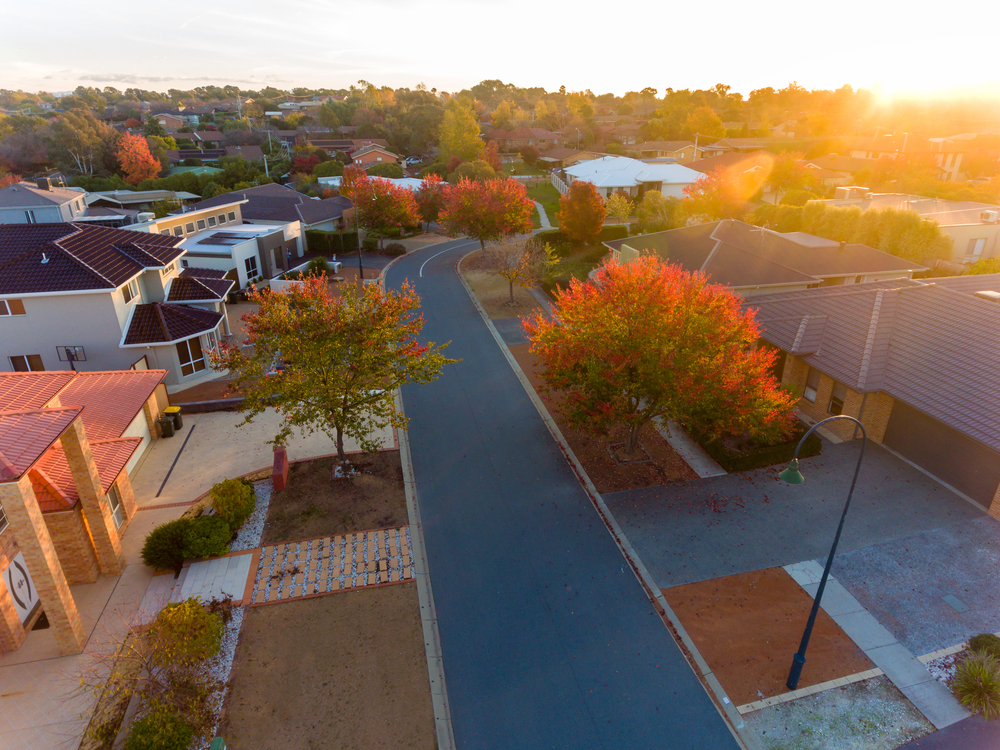Moody’s Reports Delinquency Rates Improve as Interest-Only Loans Fall
Home loan arrears as tracked by ratings agencies have declined between June to December 2017 according to a report by Moody’s Investors Service.
The decrease comes as the share of interest-only loans sold through brokers has fallen following the impact of new prudential regulations in Australia.
Moody's says loans overdue 30 days on prime mortgages fell from 1.62 per cent at the end of the June quarter to 1.54 per cent in September. While there was an improvement, there was an increase from the 1.48 per cent arrears rate recorded in September 2016.
[Related reading: RBA Minutes Reveals Less Lending to Investors as Residential Construction Eases]
The Moody's report reveals housing affordability – measured by the average share of income required to meet mortgage repayments – declined from 28.7 per cent to 27.4 per cent.
Moody’s however noted that elevated household debt could materially slow growth in advanced economies like Australia.
“The rapid increases of already high levels of household debt that were recorded in recent years – particularly in Australia (122% of GDP in Q2, 2017) – risk amplifying the extent to which households are likely to reduce consumption in the event of an income shock,” the report said.

The Australian Financial Review reports that Australia’s largest broker network, Australian Financial Group, controlling about 10 per cent of the $1.7 trillion mortgage market, showed that interest-only loans counted for just 19 per cent of home loans sold in the second quarter of the financial year. This is well down from 47 per cent at the same time last year.
Loans with principle and interest, sold through AFG, have risen to 81 per cent over the three months to the end of November, up from 53 per cent for the same period a year earlier.
CoreLogic reported in December that measures taken by APRA in 2017 to curb higher loan to valuation ratio lending and investor and interest-only lending revealed the proportion of interest-only lending reducing to a record low.
Housing affordability remains a chief concern in Australia with Corelogic and Australian National University research revealing that it took 139 per cent of a household's annual income in September 2016 to get together a 20 per cent home deposit, which was up from 86 per cent of a household's income in September 2001.














